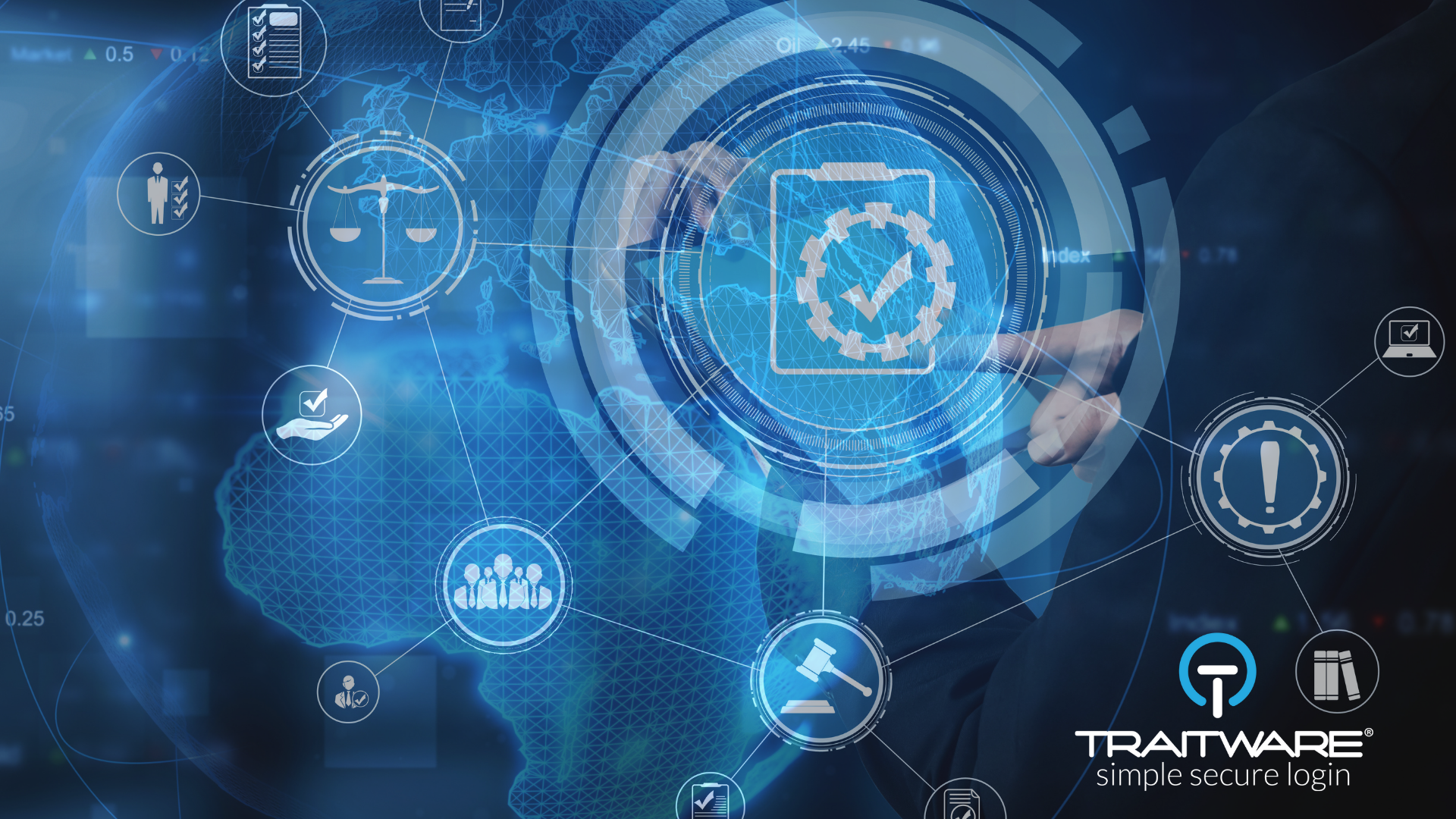As 2026 approaches, cybersecurity is poised to become even more global, and more demanding. Across the U.S., Europe, and Asia-Pacific, new and evolving regulations are set to reshape how small and midsize businesses protect data, report incidents, and build trust. Once reserved for large enterprises and government agencies, these cybersecurity mandates are expanding to include the broader business ecosystem. For SMBs, the year ahead represents a critical turning point: prepare now, and compliance can become a competitive advantage rather than a costly scramble.
Global Regulation Is Getting Personal
U.S. Updates:
The Cybersecurity and Infrastructure Security Agency (CISA) continues to drive Zero Trust adoption, while the Cyber Incident Reporting for Critical Infrastructure Act (CIRCIA) introduces mandatory 72-hour reporting. Meanwhile, states like California, Virginia, and Colorado expand privacy laws modeled after the CPRA, creating a complex web of regional obligations.
European Union:
The NIS2 Directive and Cyber Resilience Act (CRA) both take effect through 2026, bringing SMEs under the same cybersecurity expectations as large enterprises. Coupled with stricter GDPR enforcement, European companies must now prove “security by design” across their data and supply chains.
Asia-Pacific:
Governments in Australia, Singapore, Japan, and India are rolling out new or updated cybersecurity frameworks. Australia’s national strategy introduces breach-reporting mandates; India’s Digital Personal Data Protection Act (DPDP) enforces global-grade data controls; Singapore’s Cybersecurity Act now extends to suppliers and service providers.
Why Global SMBs Must Act Now
Cybercriminals no longer focus solely on major corporations. They’re targeting small and mid-sized businesses that often have weaker defenses but handle sensitive data.
- Nearly half of all cyberattacks worldwide target SMBs.
- Supply chain accountability means small vendors must now meet the same compliance standards as enterprise partners.
- Regulators and insurers increasingly require proof of phishing-resistant authentication and incident readiness.
The Key Global Trends
| Trend | United States | European Union | Asia-Pacific |
|---|---|---|---|
| Incident Reporting | 72-hour under CIRCIA | 24–72-hour under NIS2 | Comparable standards in AU, JP, SG |
| Supply Chain Security | NIST 800-171, CMMC 2.0 | CRA & NIS2 mandates | Local frameworks align with ISO 27001 |
| Privacy Protection | State-level expansions beyond CPRA | GDPR remains benchmark | GDPR-like models in India, SG, AU |
| Zero Trust & Identity | Federally mandated for contractors | ENISA-led guidance | Rapid adoption in regulated sectors |
| Cyber Insurance Pressure | Mandatory MFA & risk reporting | Compliance verification | Rising premiums tied to risk posture |
How SMBs Can Strengthen Compliance
- Map your global footprint: Identify every jurisdiction where you collect, process, or store data.
- Standardize your framework: Use NIST CSF, ISO/IEC 27001, or CIS Controls for consistent governance.
- Adopt phishing-resistant MFA: Solutions like TraitWare’s ‘Phish-Proof’ zero-shareable-secret model eliminate credential theft risk.
- Document your readiness: Maintain evidence of incident response plans, audits, and ongoing assessments.
- Train your team: Global awareness programs ensure compliance consistency and reduce risk exposure.
- Simplify tech stacks: Choose platforms that meet multiple regulatory requirements simultaneously.
Compliance as a Global Advantage
Compliance isn’t just about avoiding penalties. It’s also about building trust.
- Verified compliance helps win contracts with global enterprises.
- Demonstrating cyber maturity increases investor confidence.
- Strong authentication and secure processes lower cyber insurance costs.
Cybersecurity regulation, once a burden, is now a strategic differentiator.
Looking Ahead: The Future of Global Cybersecurity
As we head into 2026, global cybersecurity regulation is on a path toward convergence. The differences among U.S., European, and Asia-Pacific frameworks are narrowing, driven by shared priorities: Resilience, Transparency, and Accountability.
For small and midsize businesses, this shift brings both challenges and opportunities. The companies that act now—by strengthening authentication, streamlining compliance, and investing in secure-by-design systems—will be the ones best positioned to thrive in the changing global landscape.
The message for the year ahead is clear:
The future will belong to businesses that see cybersecurity not as an obligation, but as a foundation for global trust and growth.
